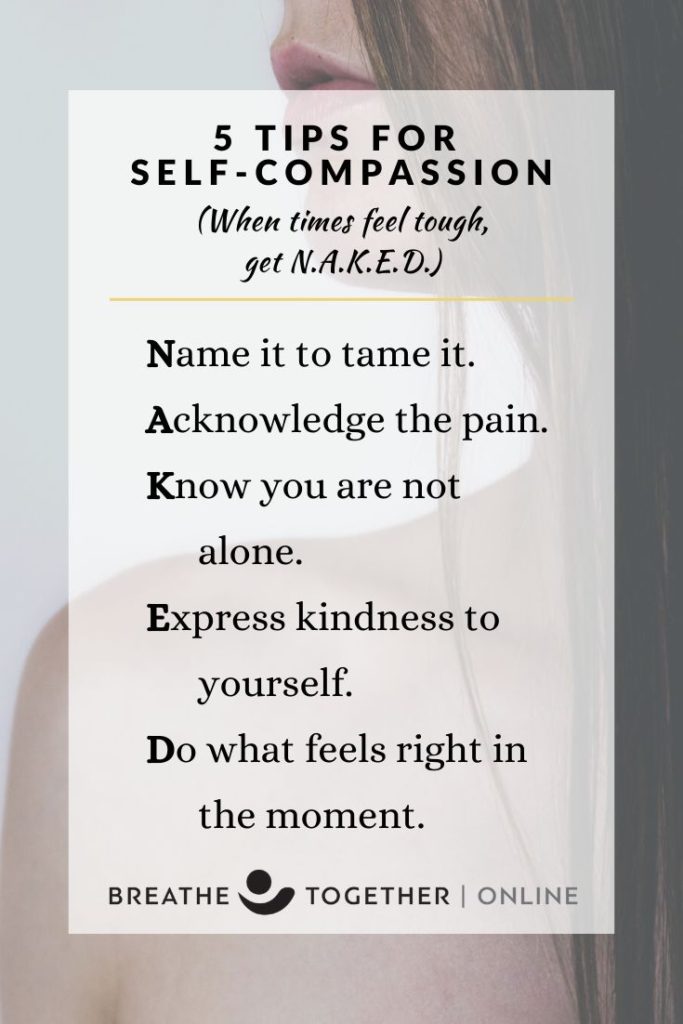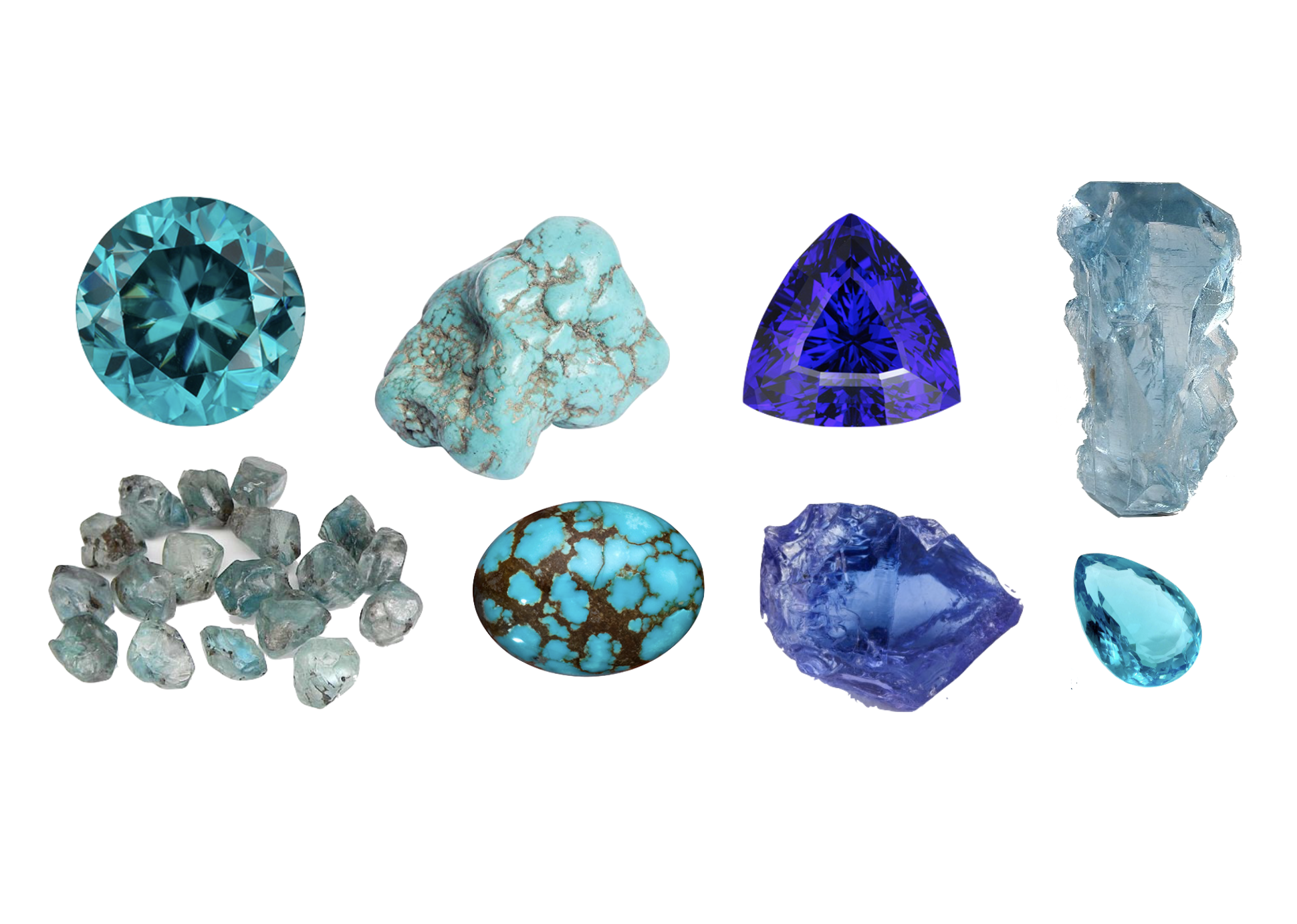Let’s face it, the time of the new year and new beginnings can often feel more like recovery from deep wounds, especially after spending more time and money with our family of origin (aka the people who installed our trigger buttons). After my father passed away, my insides felt yanked out. I lost my zest and had a tough time loving who I am, exactly where I am. I felt the tension of needing to pull myself together for my children and an internal draw toward wanting to crawl into a cave and disappear. I did both, and, as a result, felt myself tumbling into exhaustion.
What I learned along the rocky road of depression is that there is nothing wrong with this experience – absolutely nothing wrong. When a warning signal goes off inside, represented by depressive thoughts, the stress chemical cortisol is emitted from the amygdala, the emotional center of the brain. Instead of suppressing the emotions (which keeps cortisol flowing), there is hope: self-compassion.
In the words of Kristin Neff, an extensive researcher and pioneer in the science of self-compassion, “If we use self-compassion practice to try to make our pain go away by suppressing it or fighting against it, things will likely just get worse. With self-compassion, we mindfully accept that the moment is painful, and embrace ourselves with kindness and care in response, remembering that imperfection is part of the shared human experience. This allows us to hold ourselves in love and connection, giving ourselves the support and comfort needed to bear the pain, while providing the optimal conditions for growth and transformation.” (For practical tips, research, practices, and an online self-compassion assessment, check out these resources.)
Depression has many faces, and, often, the need for professional support is the right first step. Seeking help is not a sign of weakness. Instead of armoring up and trying to fake our way through the tumultuous rivers of depression, strength comes from diving into the pain. We can get “naked” with the raw truth of our emotions and, from that place, grow as a more vulnerable, imperfect, loving, and learning being. Along my journey, this is what I have learned:
Tips for Self-Compassion (When times feel tough, get N.A.K.E.D.)
- Name it to tame it: Identify what is happening and treat yourself with the same compassion you would if listening to a good friend.
- Acknowledge the pain: For instance, “Yes, this is a time of difficulty and suffering. This hurts.” Take the time to identify where in the body the pain is being experienced. Identify the spectrum of emotions. Write out your thoughts – don’t leave them in your head.
- Know you are not alone: Struggle is a part of life. Part of the human experience is to experience struggle and grow from it. Reach out to others for support.
- Express kindness to yourself: Journal. Meditate. Walk and recite, “May I give myself the compassion I need. May I cultivate courage. May I be kind to myself and listen to what I need right now.”
- Do what feels right in the moment: And, sometimes, what is needed is deep rest.

In my darkest of times, I remember the insights from Jeff Foster, a mystic and spiritual teacher with a background in astrophysics, who also dealt with depression. When I express my raw truth and treat time as an opportunity for tuning more deeply inward, I can find deeper healing. In turn, the pain can be transformed into insights. What if the word “depressed” could be looked upon as a time for “deep rest”? It might just be the gateway for seeds of new life to sprout.
“The word ‘depressed’ can be spoken as DEEP REST.
We can choose to view depression not as a mental illness but as a state of Deep Rest, a spiritual exhaustion that we enter into when we are de-pressed (pressed down) by the weight of the false self, the mask, the mind-made story of ‘me.’
We long to stop pretending, and express our raw truth! To give voice to our secret loneliness, our shame, our broken hearts, boredom and brilliant rage! Depression’s call to truth needs to be listened to and understood, not analysed or medicated away.
“There is no shame in your exhaustion.
Jeff Foster
We are all exhausted, my love.
Slow down today. Allow yourself to rest, deeply.
And weep. And breathe. And begin again. Now.
I say, our depression is holy.
It contains the seeds of new life.”














2 replies on “What Depression May Be Trying to Tell You”
Thank you for this thoughtful and helpful article. 🙂
Love this!